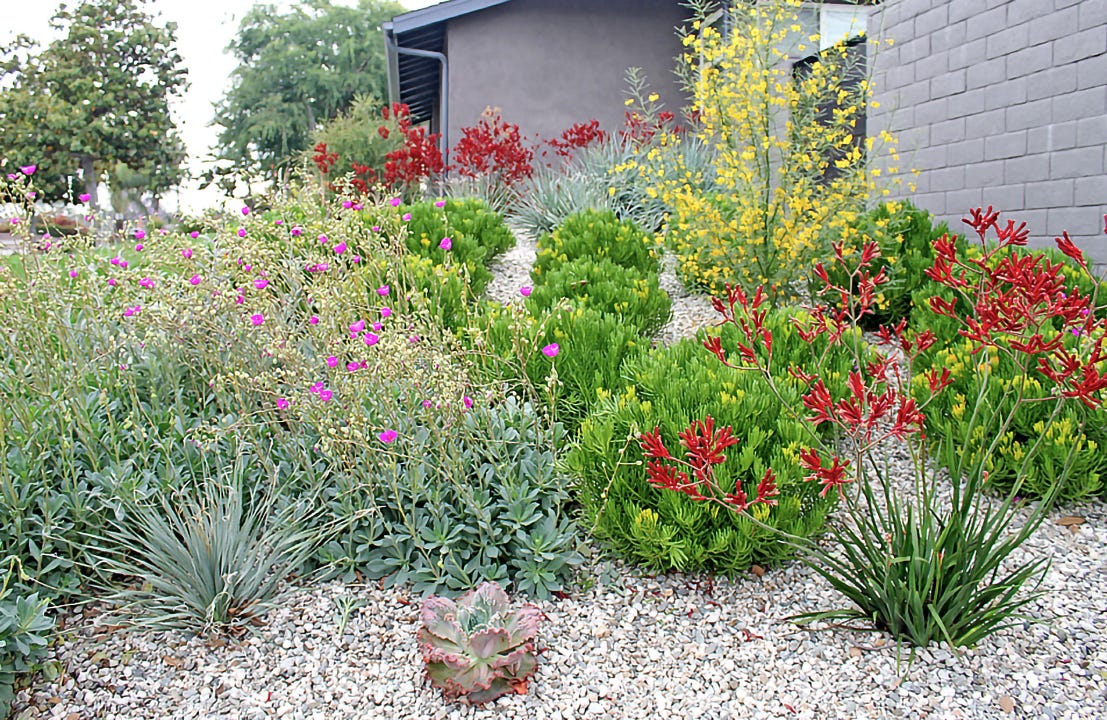Creating Resilient Gardens: Drought-Resistant Landscaping Solutions In the face of changing climate patterns and water scarcity concerns, adopting drought-resistant landscaping...
June 27, 2025





